Why Japanese fruits are the perfect family-friendly treats for children
Though fruits are produced all over the world, one country stands out above the rest when it comes to fruit production: Japan. Japanese fruits are more than just mere agricultural produce— they encapsulate Japan’s profound cultural ethos and an unwavering commitment to perfection. Plus, they’re so sweet and delicious that children of all ages love them too.
If you’ve ever travelled to Japan, you’ve probably seen many fruits on display there. Did you know that these fruits are also exported to Singapore? This means that you don’t need to travel all the way to Japan for your fix of Japanese fruits.
Japanese fruits are widely recognised for their exceptionally stringent standards of safety and quality, ensuring that consumers are always treated to the utmost best produce that the country has to offer. Ever wondered why Japanese fruits are so highly sought after? Here’s all you need to know about these delicious treats from Japan.
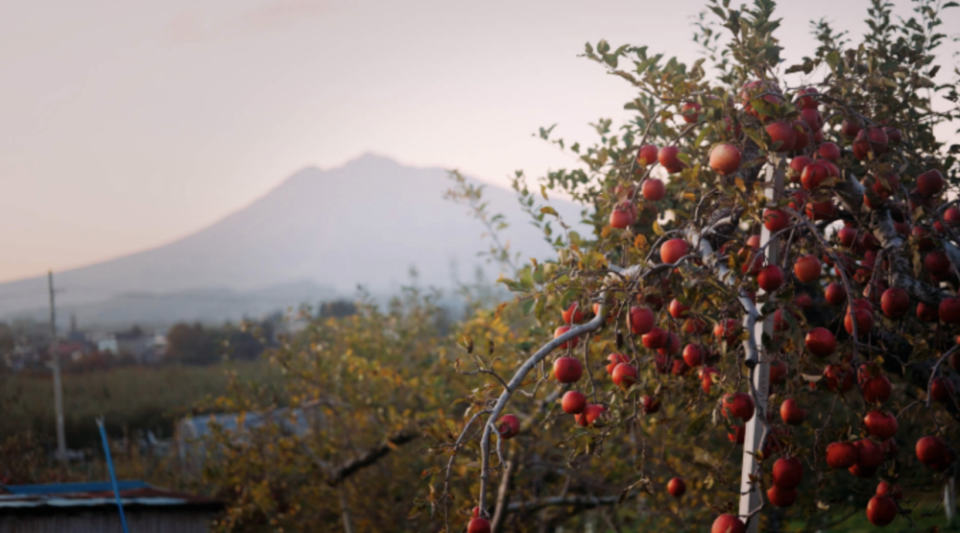
How are Japanese fruits different from other fruits and why are they so delicious?
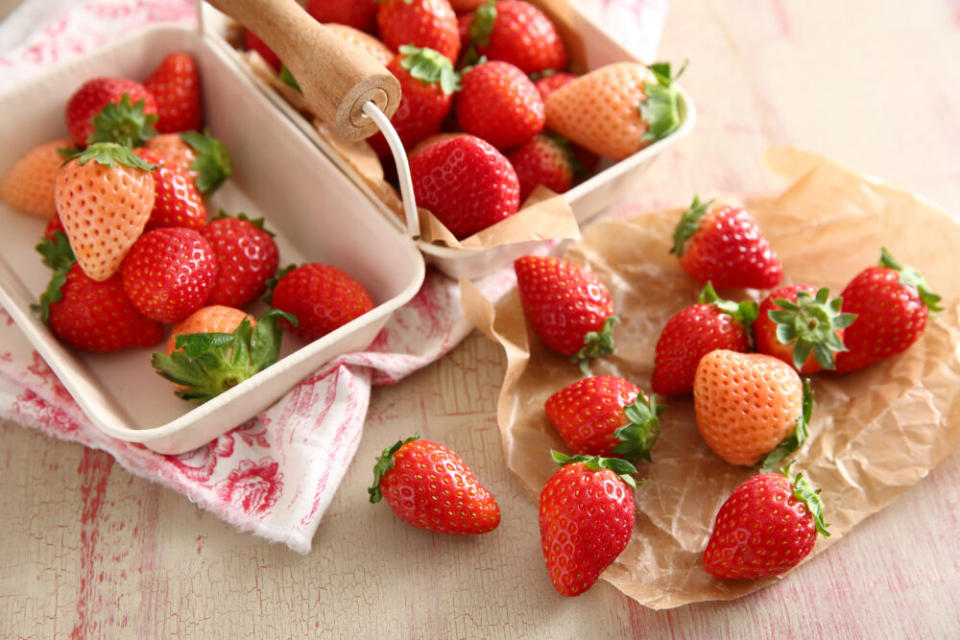
There’s a clear reason why Japanese fruits stand out from regular fruits— they are incredibly consistent in being of the highest quality, both in terms of taste and texture.
The meticulous cultivation of Japanese fruits is paramount to why they are so exceptional. Japanese farmers devote their lives to carefully nurturing fruits, and are always on the lookout for ways to improve the quality of their produce. Japan’s climate and geography also plays a part in the growth of its fruits, as its diverse geographical landscapes and varied climates provide ideal conditions for a wide range of fruits to grow and thrive.
Known for their deliciousness and beautiful presentation, Japanese fruits gain popularity during the gift-giving season in Japan. Beautifully packaged fruits can be commonly found in supermarkets and shopping centres. The prevalent custom of gifting fruits in Japan underscores the cultural importance associated with these agricultural treasures.
With their extraordinary tastes, textures and appearances, Japanese fruits are undoubtedly nature’s masterpieces. In recent years, they’ve become more popular in Singapore too, and are widely available in Singapore’s supermarkets and restaurants.
What are the most popular kinds of Japanese fruits?
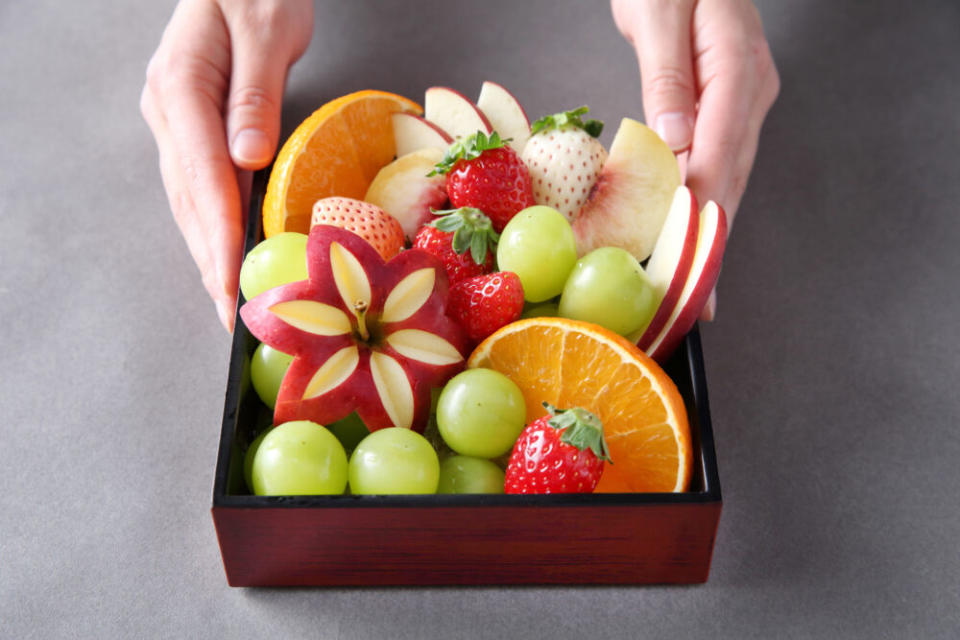
Japan’s varied climate and geography allows it to produce a huge variety of delicious fruit. The following are some of the country’s most popular produce:
Strawberries: Japanese strawberries are widely regarded as the sweetest and most delicious strawberries in the world. These beautiful berries bear a vibrant, uniform scarlet hue and cute teardrop shapes. Did you know that Japan even produces unique pink-coloured and white-coloured strawberries, too? Agricultural improvements have been made in many parts of Japan, and unique new varieties are regularly popping up.
While many other strawberries are sour and firm, Japanese strawberries are exceptionally sweet, juicy and tender. These strawberries are typically grown from early December to late May, and are grown all across Japan in areas such as Tochigi, Fukuoka, Shizuka, Kumamoto, Nagasaki and Aichi.
Peaches: Japanese peaches, known as “Momo” in Japan, are incredibly succulent and juicy. Biting into a Japanese peach yields sweet, floral and aromatic flavours unlike anything that you’ll ever taste. Japan’s peaches commonly boast a pale pink surface and pristine white flesh, and are typically grown from late July to early September in Fukushima, Yamanashi and other prefectures.
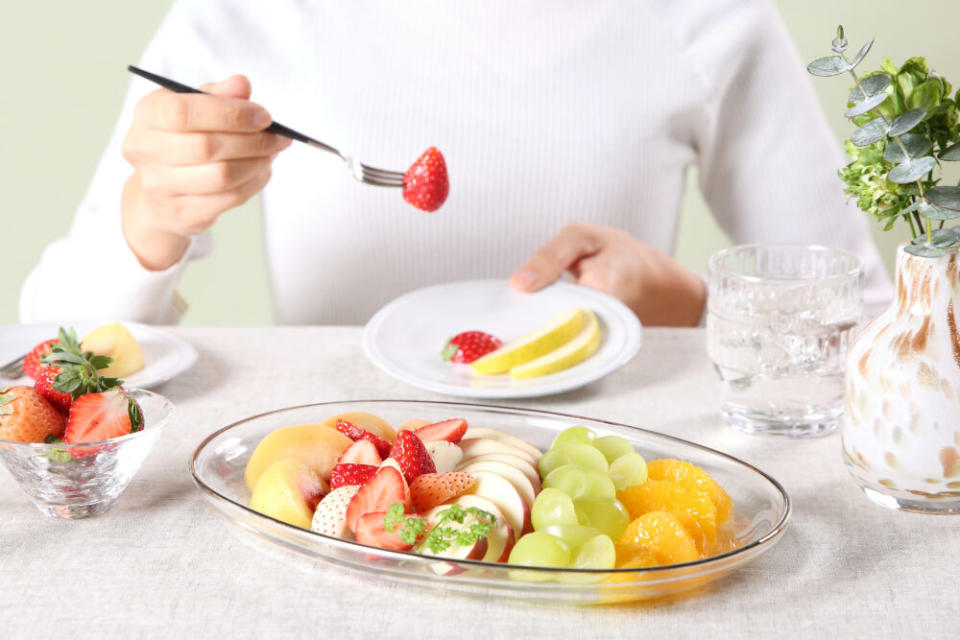
Apples: Apples are arguably the most well-known fruit in the world, and Japan takes this familiar treat to the next level. There are a variety of different Japanese apples, including Fuji Apples, Orin Apples and Tsugaru Apples— regardless of the type of apple, you can be assured that your Japanese apples will be sweet and juicy. Furthermore, in Aomori Prefecture, one of the leading apple-growing areas, a competition is held to see which farmer has produced the best tasting apples, and other efforts are being made to produce better apples. Japanese apples are carefully cultivated over the year and are harvested mainly from August to November.
Grapes: You can easily tell Japanese grapes apart from regular grapes— Grapes grown in Japan are often large and round, with more consistent shapes than other grapes. There are many varieties of grapes produced in Japan. The famous Shine Muscat grape, developed in Japan and exported around the world, is particularly well known, and popular varieties include Pione and Kyoho grapes. Other varieties with different characteristics, such as Ruby Romain, a high-end variety grown only in Ishikawa Prefecture, have also emerged and are attracting attention. Most Japanese grapes are harvested between July and December.
Persimmons: Japanese persimmons don a vibrant orange shade and are extremely rich in dietary fibre, vitamin A and vitamin C, making them healthy and wholesome snacks, even when dried. Persimmons can be broadly classified into 2 categories: Astringent and non-astringent. Each of them are cultivated varieties with different characteristics, such as Fuyu, Jiro, Nishimura-wase and Hiratanenashi, which vary in firmness and sweetness. Persimmon varieties are typically in season from October to January, and are grown in Wakayama, Nara, Fukuoka, Gifu, Nagano and so on.
Citrus fruits: Who doesn’t love a succulent and juicy citrus fruit? Japan is the home of many delicious citrus fruits, with some famous ones being Unshiu Mikan, Yuzu, a zesty fruit with a unique aroma and taste, and Iyokan, a tart orange with a bright flavour which is a variety of Chubankan citrus. In recent years, new varieties such as Hassaku, Amanatsu, Shiranui, Kiyomi, Setaka, Kanpei, and Beni Madonna have been introduced one after another as a result of breeding improvements in pursuit of fruit quality, all of which are varieties of Chubankan citrus. Japanese citrus fruits are very juicy and fragrant, and are often also sweet and tender. Most citrus varieties are in season from November to March, and are largely produced in the Ehime, Shizuoka and Wakayama.
What are the best ways to enjoy Japanese fruits?
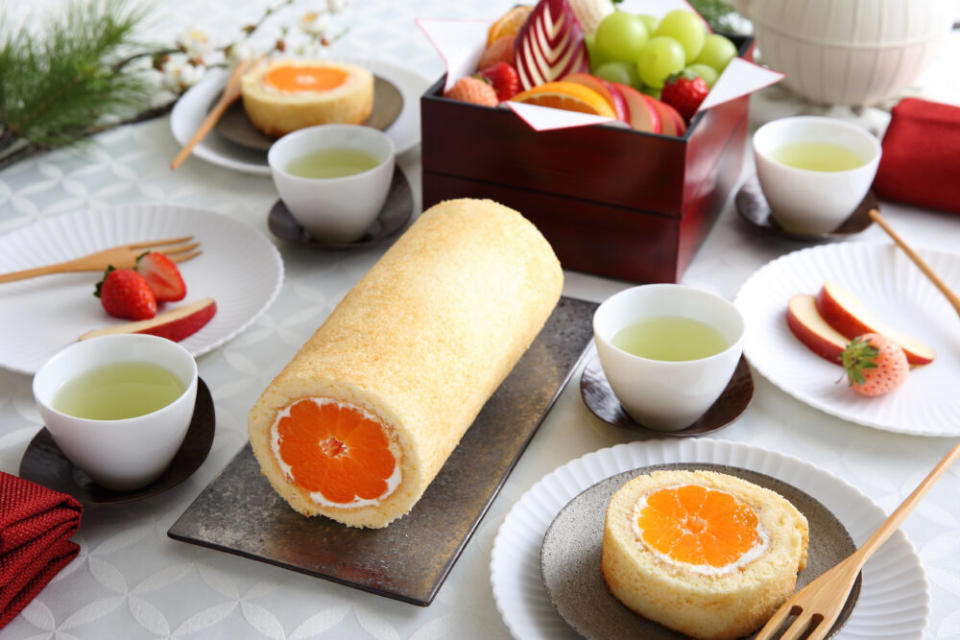
Now that you are familiar with the different kinds of Japanese fruits, you may be wondering how they are enjoyed.
As Japanese fruits are all superbly delectable and flavourful, the simplest way to enjoy them is to eat them on their own! Japanese fruits are grown, harvested, packaged and shipped according to the highest standards, which in turn results in delicious fruits which can be safely consumed by the whole family. In Japan, the farmers and producers adhere to strict regulations and high levels of quality control so you can rest assured whenever you buy a pack of Japanese fruits.
Japanese fruits are also fantastic snacks and desserts for kids, as they are healthy and high in nutrients. The delicious, sweet nature of the fruits will be sure to placate even the fussiest and pickiest children— after all, Japanese fruits are simply irresistible to all ages. Kids will love snacking on fruits of various colours and textures, providing a sensory experience.
Additionally, you can use Japanese fruits to elevate your desserts. Adding a few chopped fruits to your pancakes, pies, cakes and parfaits is the perfect way to make your sweet creations a little more vibrant, tasty and beautiful. Popular flavour combinations include strawberries with cream and sponge cake, and fresh peaches on a frangipane tart.
Finally, in true Japanese fashion, impress your loved ones by gifting them with a box of stunning Japanese fruits on special occasions such as parties, picnics, and other gatherings. Your loved ones will definitely be blown away by the gorgeous appearances of the fruits and their exquisite, unparalleled tastes. These days, Japanese fruits are becoming more easily and widely available in Singapore not only in regular supermarkets, but also in cafes and restaurants as part of desserts.
Where can you get Japanese fruits in Singapore?
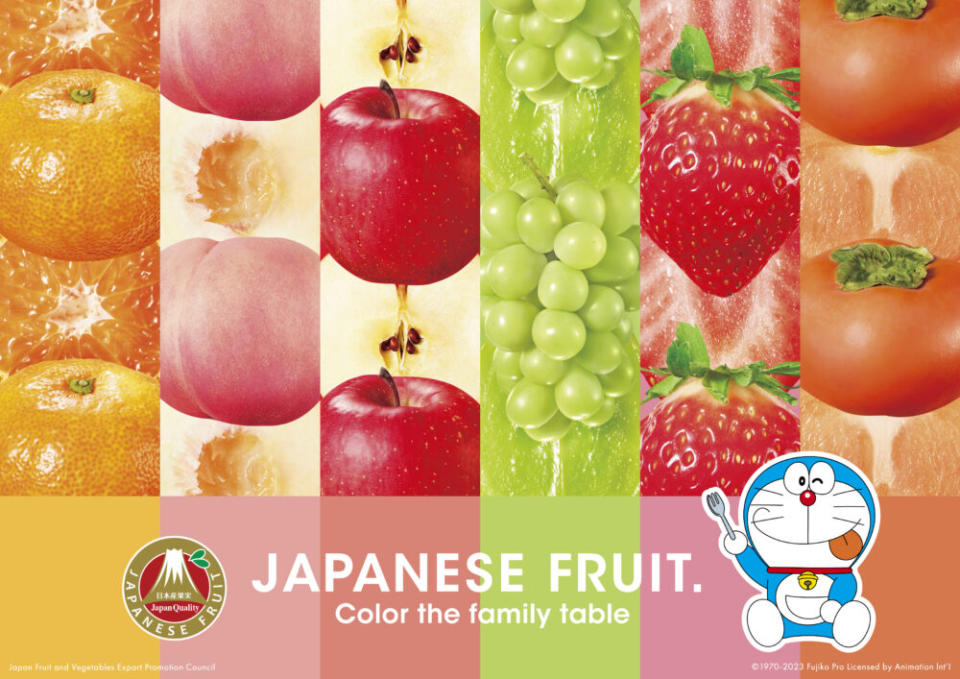
Now that your eyes have been opened to the wonders of Japanese fruits, you may be wondering how you can get your hands on some of these amazing products.
Fruit lovers in Singapore need not worry about having to travel all the way to Japan, as Japan Fruit and Vegetables Export Promotion Council / JFOODO (The Japan Food Product Overseas Promotion Center) has made it easier for international customers to enjoy Japan’s agricultural produce.
The Japanese Ministry of Agriculture, Forestry and Fisheries has established the “Japan-grown Fruit” label as a unified brand symbol for exported Japanese fruit so these products can be easily distinguished from those of other countries. Keep an eye out for this label the next time you’re at the supermarket.
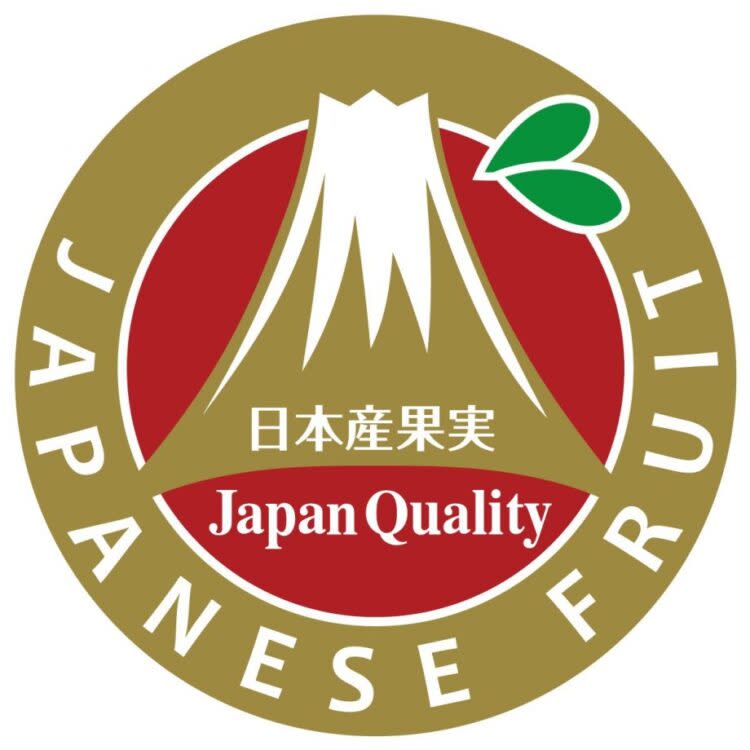
Japan Fruit and Vegetables Export Promotion Council / JFOODO has put in significant effort into marketing Japanese fruits to Singaporeans. They are working to ensure that Japanese seasonal fruits can be enjoyed by as many people as possible in Singapore for a longer period of time through all-Japan efforts, including cooperation between production areas.
Most recently, they collaborated with Doraemon for a campaign to promote Japanese fruits to fans of the beloved cartoon character which is popular in Singapore. They have also stepped up their social media presence, using online sharing platforms like Facebook and their website to spread the word about amazing Japanese fruits.
Alternatively, the Japan Fruit and Vegetables Export Promotion Council / JFOODO and Japan National Tourism Organization SG (JNTO SG) will be at the Food & Travel Fair within Great World City from 12 to 14 Jan 2024, bringing Japan’s prized fruits to Singapore. Drop by the Food & Travel Fair and get ready to taste some luscious Japanese fruits, learn more about them and also join in on the workshops.
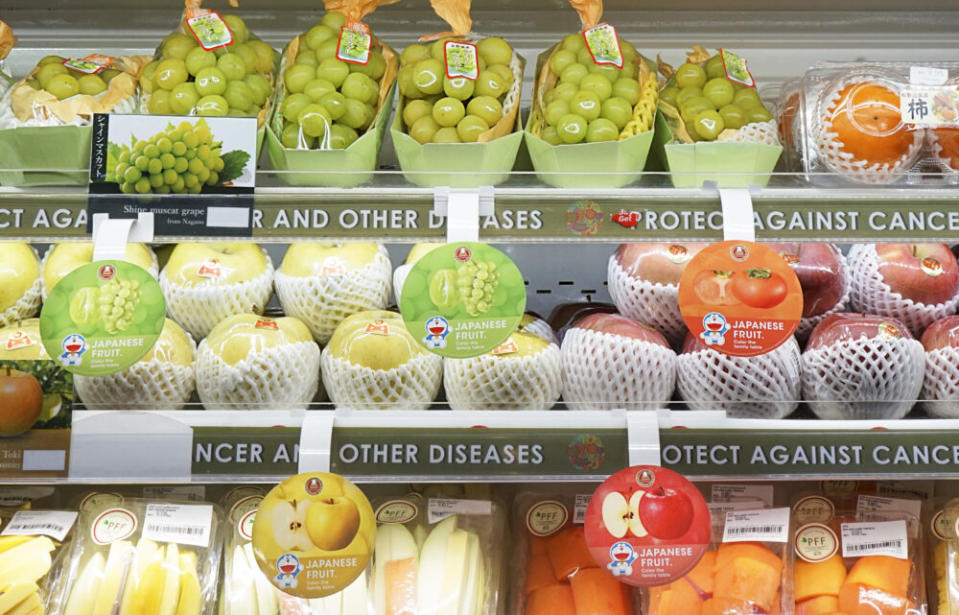
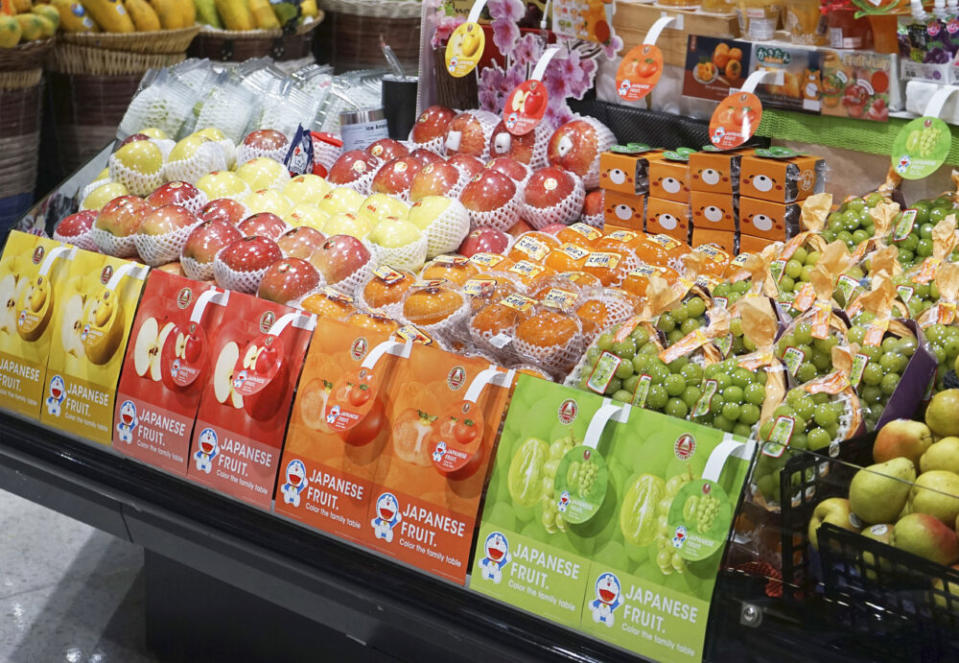
To get the absolute best of the best Japanese fruits, simply look out for the signs as pictured above.
*This post was brought to you in partnership with JFOODO.
The post Why Japanese fruits are the perfect family-friendly treats for children appeared first on SETHLUI.com.

